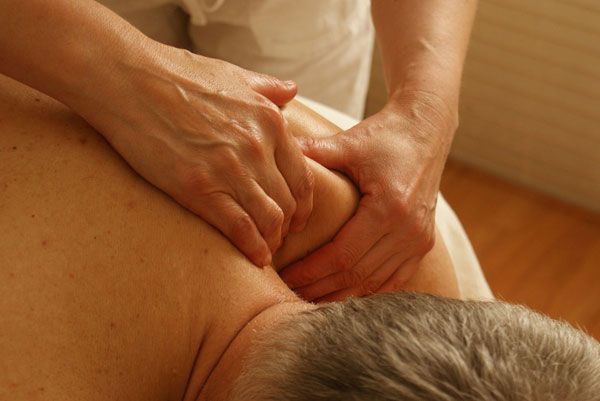
The four muscles that constitute the rotator cuff wrap around the shoulder joint, helping guide the shoulder through its range of motions while simultaneously providing stability to the joint. At the ends of these four muscles are tendons, which attach to the humerus, or upper arm bone. If the magnetic resonance imaging (MRI) your doctor performed shows changes in these tendons, possibly including inflammation or irritation, you may incur a complete rotator cuff tear in the not-too-distant future.
If you receive this news, do not panic. The beauty of catching these changes early using MRI technology is that we can design a physical therapy program to decrease the likelihood of a complete tear. We do this by concentrating on exercises that strengthen the rotator cuff muscles in such a way that the head of the humerus will stay in its proper position and not slide too far, which is the main reason your tendons can get inflamed or irritated.
Even if you are a highly skilled athlete, chances are that you have only worked on strengthening a few of the larger muscles surrounding the shoulder joint. The exercises we design will focus on the commonly neglected smaller muscles, using isometric and fixed-weight exercises. We may also implement such therapies as electrogalvanic stimulation or ultrasound treatment.
The stronger the smaller rotator cuff muscles become, the better they compensate for damaged tendons, improving your range of motion and relieving discomfort or pain. By sticking to your physical therapy program, you will likely avoid more serious rotator cuff problems—in fact, the majority of rotator cuff problems can be treated with exercise programs and nonsteroidal anti-inflammatory drugs, if your doctor agrees. We can help you develop a program to prevent further injury to your rotator cuff.









